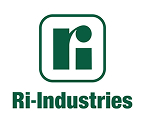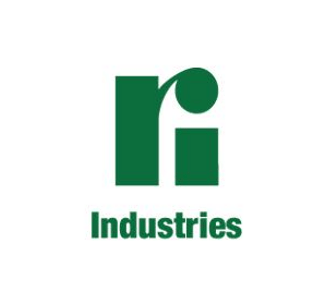Do you own a septic tank, or are you thinking about installing one? Knowing the facts about septic tanks will help you maintain the life of your investment.
Here are 12 septic tank facts that you need to know.
Septic Tank Maintenance
- A septic tank needs to be pumped out every four years if you have 4-6 family members.
- Have your septic tank inspected once or twice a year to make sure there is no buildup that can cause damage to your system.
Drainage Field Maintenance
- Make sure all water is diverted away from your drainage field.
- Never park a vehicle on your drainage field. It could lead to ruptured pipes.
- Ideally, only plant grass in your drainage field. If you want to add plants, make sure to pick ones with shallow root systems.
Draining
- Never pour grease down your drain. Grease doesn’t allow the soil around your drain field to absorb liquids, which could cause a backup.
- Do not pour motor oil, antifreeze, paint, pesticides or potent cleaners down your drain as they will kill the bacteria that break down the solids in your septic tank.
Flushing
- Never flush plastic bags, disposable nappies, tampons or other non-biodegradable items down your toilet. Septic tanks cannot break down these materials.
- Don’t flush disinfectants or old medicines down your toilet. It can affect the bacterial action of your septic tank, making it work ineffectively.
Warning Signs
- If you see effluent pooling near your seepage trench, it’s more than likely a warning sign that your septic system is clogged.
- An unusual odor around your septic tank can be a sign that your system needs repair.
- Look at the grass around your septic tank. If you notice darker grass growing around the area, you should get your septic tank checked out.
Also, be sure to consult with your Local Council Health Inspector to understand septic tank maintenance requirements for where you live. If you need more information about septic tanks, please contact us, and we will be happy to help.




